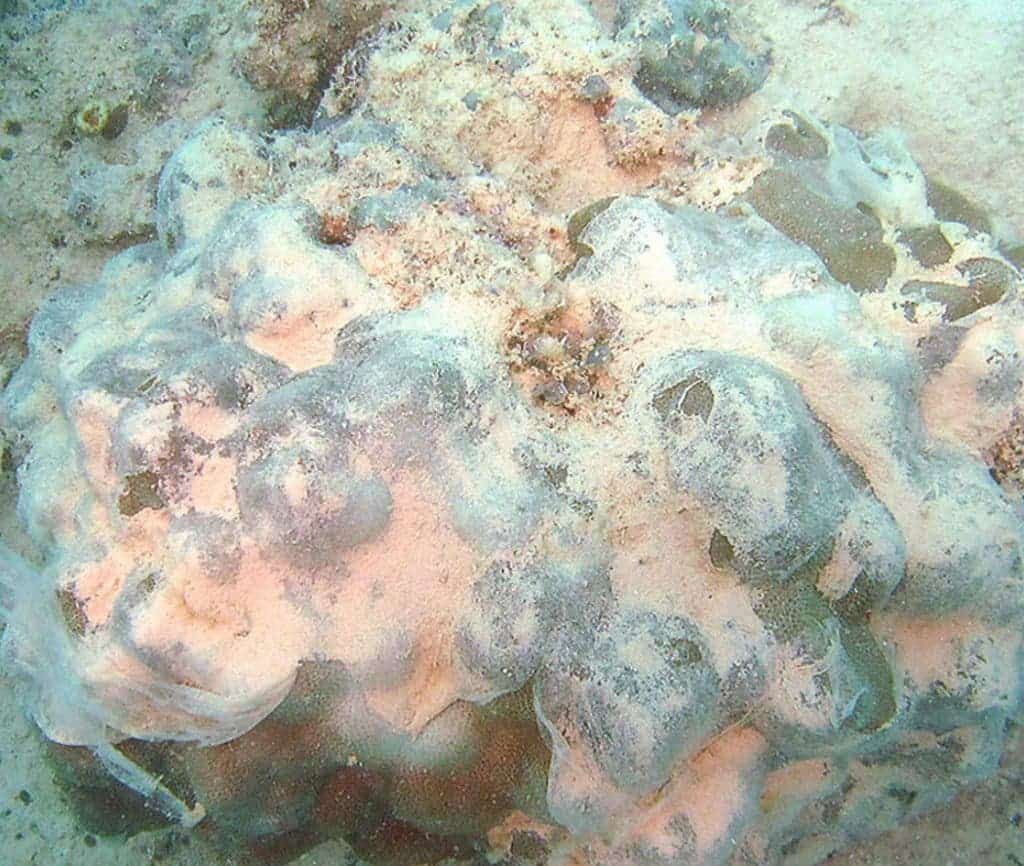Known as sea mucus or sea snot, it’s a mixture of gooey sea animal corpses and their poo (many deep-sea creatures actually eat it to survive). The substance has now covered the Sea of Marmara in Turkey, which hadn’t happened since 2007, and it could all be related to the world’s rising temperatures.

Algae and phytoplankton hang out on the ocean’s surface, photosynthesizing with the sun’s help and creating oxygen in the process. In normal times, these floating sea plants are a stable part of the oceans and help oxygenate the waters around — but when there’s too much of them, they can have the opposite effect, releasing a mucus substance that can cover a large extent of the sea.
The mucus appears as a result of prolonged warm temperatures and calm weather, in areas with abundant nutrients such as nitrogen and phosphorus in the water. These nutrients have long been present in the Sea of Marmara, which gets the wastewater of nearly 20 million people in Turkey and is fed directly from the Black Sea.
Dr Neslihan Özdelice, a marine biologist at Istanbul University, told The Guardian that in most cases the substance is not dangerous. But this is not most cases.
“What we see is basically a combination of protein, carbohydrates and fat,” he said. But in some cases the mucus also attracts virus and bacteria (like E. coli) that can turn into a blanket that suffocates marine life below.
This year’s event is the largest ever seen in Turkey. It started in deep waters in December, bothering fishers who couldn’t cast their nets. Dr. Barış Özalp, a marine biologist at Çanakkale Onsekiz Mart University, found the mucus was damaging to immobile organisms such as corals as it gets wrapped around them and kills them.
“The gravity of the situation set in when I dived for measurements in March and discovered severe mortality in corals,” Özalp told The Guardian. He said gold coral (Savalia savaglia) and the violescent sea-whip (Paramuricea clavata) were the most affected species. If the sea snot persists, marine line would be threatened, he added.
But the problem goes beyond the deep waters. When the mucus reaches the shoreline, it also threatens the breeding ground of fish. Dr Mustafa Sarı, the dean of Bandırma Onyedi Eylül University’s maritime faculty, said the mucus limits the interaction between water and the atmosphere, sucking out air out of the area.
Thousands of fishes started dying a few weeks ago in Bandırma, a coastal town on the southern banks of the Marmara, he added. Researchers are now calling for urgent action from Turkey, reducing the amount of wastewater released on the Sea of Marmara, as this would diminish nutrients, and controlling overfishing in the area.
“The main trigger is warming related to climate change, as phytoplankton grow during higher temperatures,” said Özdelice, adding that the water in Marmara has warmed between 2ºC and 3ºC since preindustrial times. “We are experiencing the visible effects of climate change, and adaptation requires an overhaul of our practices.”
Oceans cover about 70% of Earth’s surface and have a two-way relationship with weather and climate. They influence the weather on local to global scales, while changes in climate can fundamentally alter many properties of the oceans. Oceans are absorbing more heat, increasing sea surface temperatures and rising sea level.









